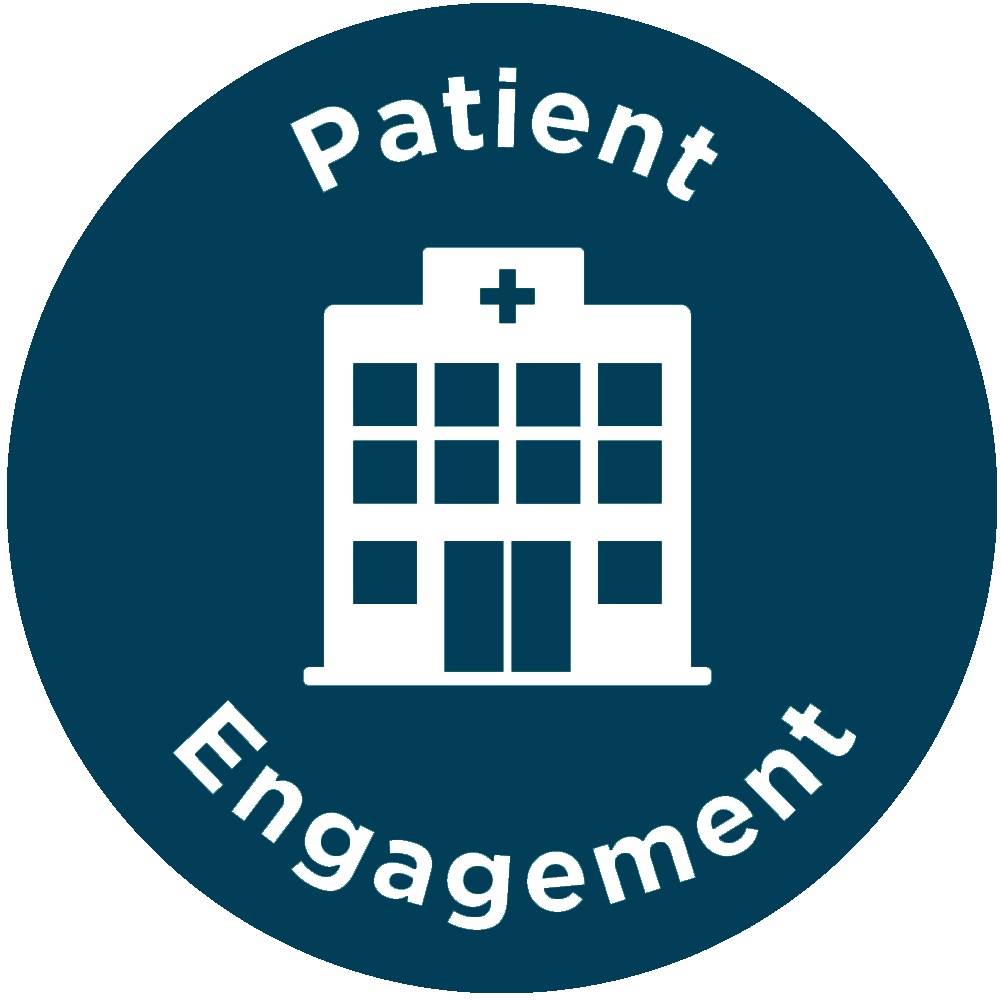Dakshayani and Amaravati Health and Education is at the forefront of revolutionizing healthcare perceptions and delivery across the nation. As proud members of IAPO, they advocate for patients and caregivers, striving tirelessly to make healthcare accessible, safe, and inclusive. Their mission is to empower individuals with the knowledge and resources necessary to navigate healthcare systems effectively. Eventually, this fosters a positive change in the healthcare landscape.
With a vision of a world where everyone can lead healthy lives, Dakshayani and Amaravati Health and Education develop and distribute comprehensive educational materials on therapeutic innovation, access to care, and safe medicines. They empower patients to become well-informed advocates, building competencies and expert capacity in pharmaceutical research and self-care.
Through active partnerships with patient organizations and strategic advocacy efforts, they influence healthcare policies at national, regional, and state levels. By fostering cross-sector alliances and collaboration, they maximize their impact and drive meaningful change in healthcare delivery.
Committed to research and gap analysis, Dakshayani and Amaravati Health and Education continuously strive to identify and address the needs and policies necessary for achieving healthcare access and equity for all.
In a distinguished conversation with The Interview World, Dr. Ratna Devi, CEO of Dakshayani and Amaravati Health and Education, discusses the overlooked patient engagement system within the country. Moreover, she emphasizes the importance of fostering patient engagement, and highlights the significance of involving donors in insurance. We present here the pivotal insights gleaned from her interview.
Q: What factors contribute to the neglect of patient engagement within our country’s healthcare system?
A: Patient engagement is crucial. Engaging patients in various processes, whether it’s policy-making, manufacturing, implementation, or strengthening healthcare systems, is vital. Often, stakeholders perceive patients merely as recipients without valuable insights, but this notion is untrue. Globally, the importance of patient experience in adding value is gaining recognition. Hence, it’s imperative to involve patients in our country’s healthcare system to leverage their experiences, enhance value, and fortify healthcare systems.
Understanding patient involvement and engagement is essential. Quality, defined as the elimination of avoidable harm, resonates deeply with me, particularly concerning patient safety. For three consecutive years, I’ve served on the steering committee for World Patient Safety Day at the World Health Organization in Geneva. The inclusion of a patient advocate on such a prestigious committee underscores the significance of the patient voice, alongside eminent physicians, policymakers, ministers, and state representatives. In India, quality is often equated with expense, creating a perception that it’s inaccessible to the common person, which is erroneous. Building trust and transparency is crucial, and this requires active engagement with patients.
Furthermore, there are existing pharmacovigilance and material vigilance programs in India, but their effectiveness is questionable. With only 30,000 reported incidents in a year, it begs the question of whether we’re adequately monitoring quality. Unfortunately, many adverse events go unreported due to systemic issues where reporting is discouraged and often penalized. To foster a culture of quality, we must shift away from blame games and focus on systemic improvements to prevent future incidents. Moreover, patients must have a significant role in these discussions to ensure their experiences are valued appropriately.
Q: What strategies can be employed to effectively sensitize stakeholders on the importance of patient engagement?
A: We can understand patient experience through different channels. Media often sensationalizes adverse events to attract readership. However, personal experiences hold significant value. Clinical outcomes, as reflected in patient reports, are crucial in assessing the quality and efficacy of medicine or drugs. Unfortunately, there’s a lack of systematic capture of patient experiences to determine which treatments work best.
Unlike in European countries, where patients sit on advisory boards within government agencies like the FDA and EMA, there’s a notable absence of such mechanisms in our system. However, recent discussions with the Ministry of Health, DBT, and ICMR suggest that they are taking steps to institutionalize the patient’s voice.
Nevertheless, there’s a shortage of voices capable of representing patients at such levels. In contrast to Europe, where initiatives like the European Patient Academy for Therapeutic Innovation offer training to patients on drug manufacturing processes, our country lacks such institutional mechanisms. It’s imperative to establish similar programs here.
Moreover, there’s an opportunity for dialogue between manufacturers and patient groups to empower the latter in contributing to the quality assurance process. It’s high time we initiate such endeavors.
Q: What is the level of patient engagement and willingness to voice their concerns among individuals associated with our organization or patient welfare association?
A: Certainly, there’s a common misconception that patients lack education. However, consider this: a CEO who has undergone an organ transplant could be highly capable of speaking on medical matters. We’ve encountered individuals who, despite experiencing heart attacks or undergoing bypass surgeries, are remarkably well-educated.
Take, for instance, one of our patient advocates—a lawyer and a type 1 diabetic. She’s actively advocating for workplace policies that accommodate insulin-dependent individuals, allowing them to store and administer insulin conveniently. These advocates are not only well-informed and educated but also poised to enact meaningful change within the system. They’re stepping up to engage with various stakeholders, lending their voices to drive progress.
Q: What measures are being taken to address the significant issue of donors not being covered by this insurance, and what is your perspective on this matter?
A: I believe the lack of awareness stems from a lack of prior discussion on the matter. These are precisely the issues we address. Our goal is to advocate for patients’ needs directly to policymakers, highlighting existing gaps and collaborating on effective solutions. In India, insurance providers and large insurance financing organizations influence the insurance sector predominantly. There hasn’t been significant consumer-driven initiative. As more consumers and patients demand policies and products tailored to their needs, the landscape will inevitably shift towards more patient and consumer-friendly offerings.



